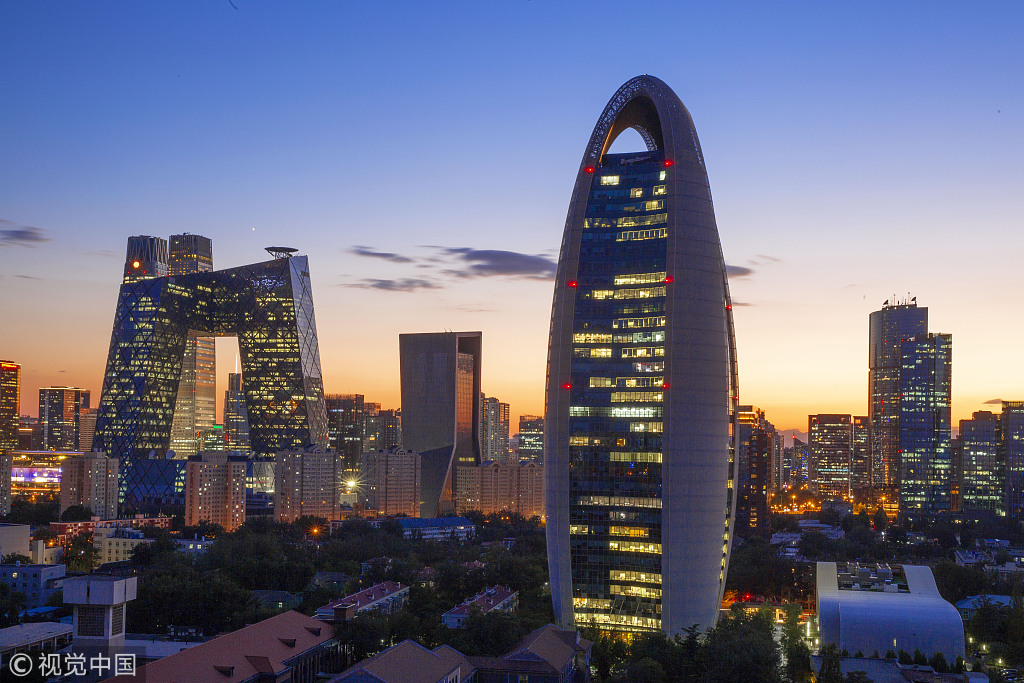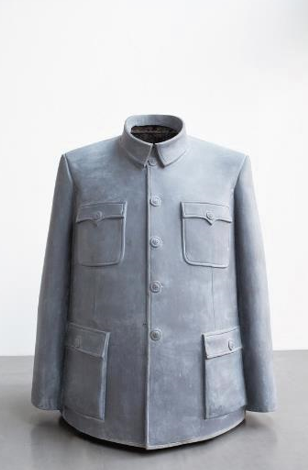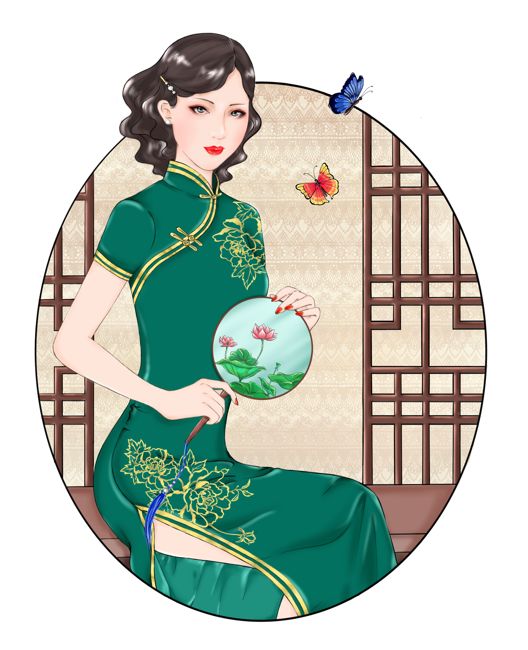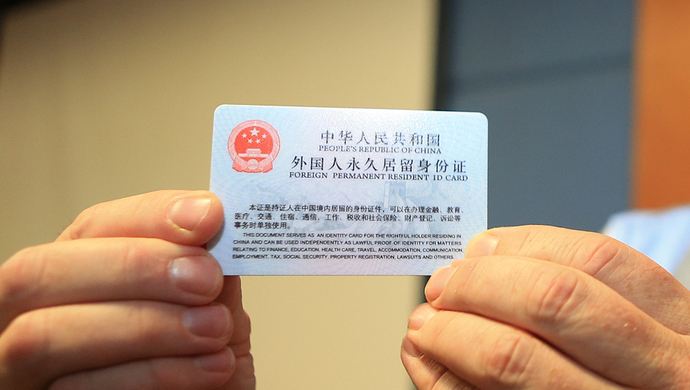

Tunic is a kind of clothing, named after Sun Yat-sen. In 1912, the Government of the Republic of China issued a decree that the tunic suit was designated as a formal dress and the style of the tunic suit was modified. The tunic suit is formed on the basis of extensively absorbing the advantages of European and American clothing. It combines the characteristics of western and Chinese clothing to design a four-seat pocket clothing with a straight lapel and a flap. In the decades that followed, tunic suits became popular and became the standard clothing favored by Chinese men. Chinese tunic suits are more exquisite in workmanship and rich in colors.
Stand-up lapel, double placket, five buttons on the front, four patch pockets, and three buttons on the cuffs. The back piece does not break. In fact, these forms are exquisite, and they contain meanings according to the Zhou Dynasty etiquette and other contents in the Book of Changes.
First, the four pockets on the front body represent the four dimensions of the country (ritual, righteousness, integrity, and shame), and the cover is an inverted pen holder, which means that the country is governed by culture.
Second, the five buttons are different from the separation of powers (administrative, legislative, judicial, examination, and supervision) in the West.
Third, the three buttons on the left and right cuffs respectively represent the Three Principles of the People (nation, civil rights, and people's livelihood) and the concept of republic (equality, freedom, and fraternity).
Fourth, the back is not broken, indicating the great meaning of the peaceful reunification of the country.
Fifth, the collar is set as a closed lapel, showing the concept of rigorous governance.
The tunic suit was named after Mr. Sun Yat-sen took the lead in wearing it. When the Kuomintang Constitution was formulated in the eighteenth year of the Republic of China, it was stipulated that civil servants of a certain level should wear Chinese tunic suits when they were sworn in.

Cheongsam is a kind of fashion designed in the first half of the 21st century by the clothing designers of the Republic of China with reference to the traditional Manchu women's flag dress and Western culture. It is a concrete blend of Eastern and Western cultures. In the eyes of some Westerners nowadays, cheongsam has the symbolic significance of Chinese female dress culture.
Classical cheongsam mostly adopts straight lines, loose body, with slits on both sides, and the ratio of the bust and waist circumference to the size of the dress is relatively close.
Modern cheongsam has entered the era of three-dimensional modeling. The waist is more fit and equipped with western-style sleeves. The length of the cheongsam is greatly shortened, and the waist is more fit.
The appearance characteristics of modern cheongsam generally require all or part of the following features: open or semi-opened form of the right gusset large placket, stand-up collar button, swing side slits, single piece of clothing, waist waist, sleeveless or short sleeves, etc.
China has a long history and rich culture. Join us and you will have more unexpected gains.
Interested to join us, scan the QR code and get more details!










 京公网安备 11011202001511号
京公网安备 11011202001511号